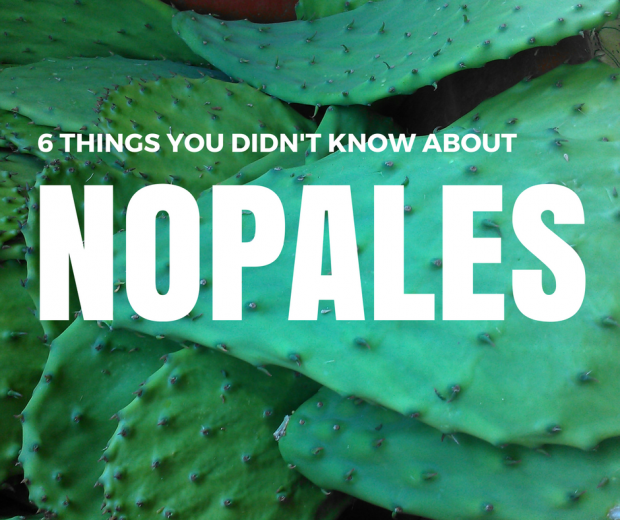Six Things You Didn’t Know About Nopales – Like What They Are
No-what? You may be more familiar with the term cacti than nopales, but this succulent plant is flourishing as a tasty, inventive ingredient in kitchens from coast-to-coast. Nopales are versatile, healthy and can be easily paired with many different dishes.
In fact, through a highly competitive veggie-licious throw-down, nopales were named the Food Literacy Center’s 2016-2017 Veggie of the Year. Based in Sacramento, Calif., the Food Literacy Center is a non-profit organization with a mission to inspire kids to eat their vegetables. The organization teaches low-income elementary children cooking and nutrition to improve their health, environment and economy. In the spirit of veggie education, here’s a few fun facts and stats to bolster your nopales knowledge.
The plant originated in the Americas
All species of cacti are native to North and South America, with the exception of mistletoe cactus, which is native to Africa. Nopales specifically have 114 species common to Mexico. More than 7 million acres in the country are dedicated to growing the plant!
The most popular variety for consumption is the nopal
Nopal, commonly referred to as “prickly pear cactus” in English, is a staple in Mexican dishes. Nopales have citrus and tart flavor characteristics, making them easy to use in a side dish or to include in a main course. The high liquid content allows you to avoid adding liquid when making a stir fry. Nopales can also be consumed raw. Popular Mexican nopal dishes include huevos con nopales, and tacos de nopales.
Nopales are good for you
Anecdotal evidence suggests nopales may help to reduce blood sugar, while also reducing cholesterol. The vegetable also provides vitamin C, magnesium and calcium.
Nopal plants are easily shareable
All you need to do is find a friend or neighbor with a nopal plant, cut off a piece and plant it in your own yard. This is a popular tradition among Mexican families and is an easy addition to any garden.
Nopales taste best when young and newly sprouted
Nopal plants spout twice a year: in the spring and the fall. This is the best time to eat fresh nopal, as they at their juiciest.
It’s one of the most drought-tolerant vegetables
With water conservation of rising concern, growing drought-tolerant plants for consumption is more important and popular than ever. Nopales are a darling of drought tolerance and only need to be watered once a month!
And, now you know nopales.
Feel free to serve up these fun facts at your next dinner party…with a side dish of Cactus and Corn Salsa! Nopales can be found canned or bottled in grocery stores year-round, while fresh nopales typically make their produce aisle and farmers’ market debut in the spring with availability through the fall.
Happy nopales noshing!





